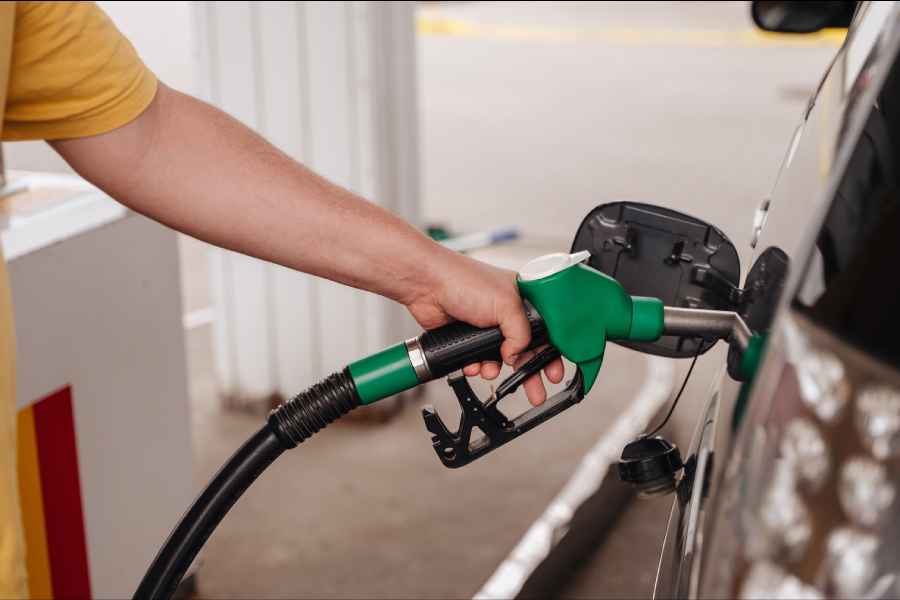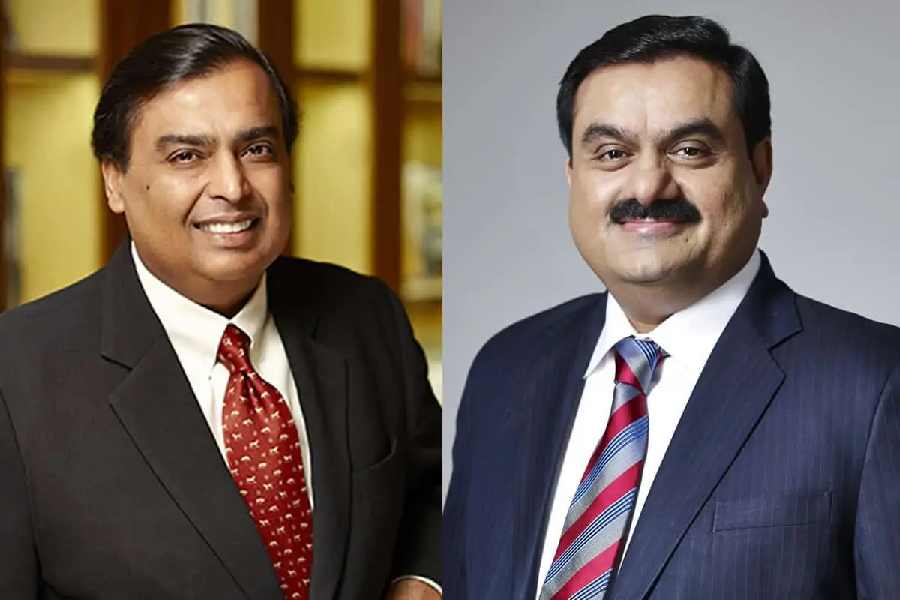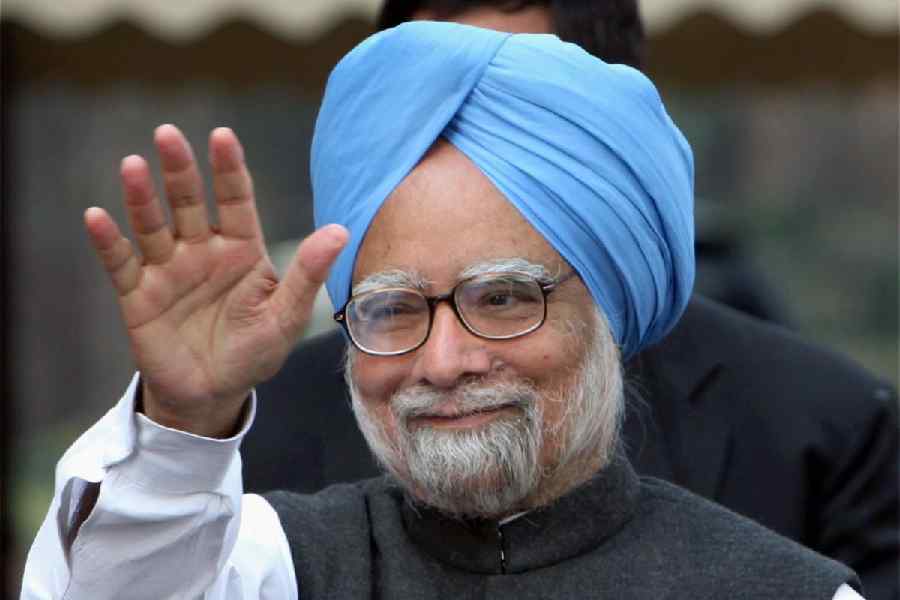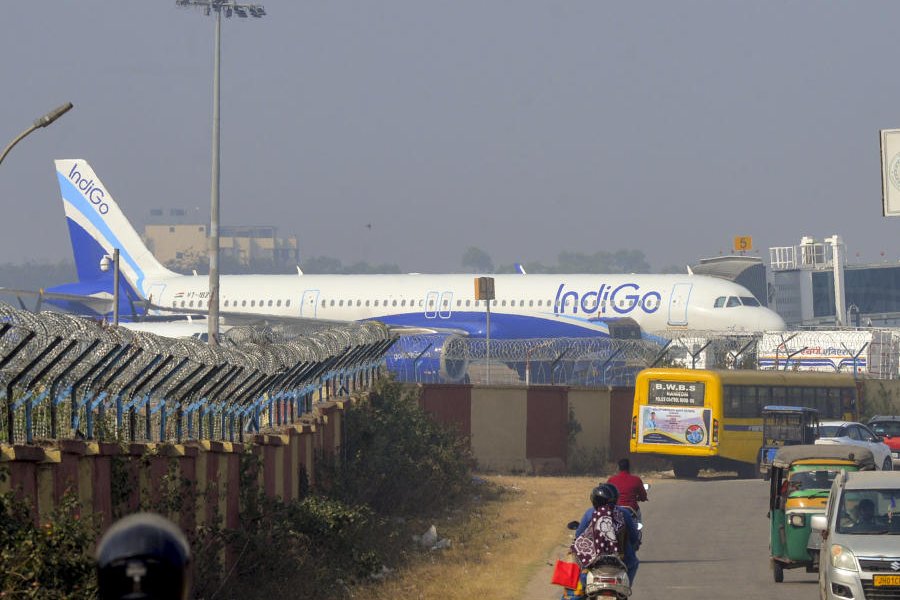Kolkata’s veteran motorists, people working at petrol pumps and workshops have said that ethanol-blended petrol comes with performance compromises, especially for vehicles manufactured before 2023.
Union road transport and highways minister Nitin Gadkari on Friday dismissed concerns about ethanol-blended petrol, challenging critics to “show a single instance” of E20 fuel causing damage to cars.
Speaking at a conclave, Gadkari argued that the 20 per cent ethanol blend is a major step towards cutting emissions, reducing crude oil imports, and supporting India’s energy self-reliance.
“This is not even a discussion. I don't know if I should say this, politically — it appears the petroleum lobby is manipulating it,” Gadkari said.
The minister has admitted there may be mileage drops but insisted it doesn't harm vehicles. The statement, say those who deal with automobiles every day, is partially correct.
E20 petrol is a mix of 80 per cent conventional petrol and 20 per cent ethanol — an alcohol typically derived from sugarcane, molasses, and agricultural waste such as paddy husk.
By diverting crop residue into fuel production, ethanol blending provides Indian farmers with an additional source of income while reducing stubble burning and rural pollution.
Asish Bagchi, owner of Kolkata’s oldest petrol pump — the heritage Indian Oil Metropolitan Transport Co. — said the E20 blend works adequately in BS6-compliant vehicles but reduces mileage compared to pure petrol.
“The same car, same load, same driver — in India I never got more than 12 km/l in my XUV700. The moment I crossed into China on a road trip to London, the mileage jumped to 15–16 km/l, and the power and smoothness improved drastically,” Bagchi said.
For older BS2 and BS3 cars, he said the problems are more severe: sluggish performance, frequent carburettor tune-ups, and corrosion in petrol tanks.
“The ethanol absorbs moisture, leading to rust, and rust particles clog the fuel jets. Every vintage car owner I know faces this,” he added.
Shamimuddin, workshop manager at Dewar’s Garage, said low mileage complaints are near-universal. “Almost every commercial car owner talks about reduced efficiency.”
India began experimenting with ethanol blending around 2010 with a 10 per cent mix (E10), introduced first by Indian Oil before being adopted by Bharat Petroleum and Hindustan Petroleum.
Once Bharat Stage VI (BS6) emission norms became standard, the government doubled the ethanol ratio to 20 per cent on April 1, 2020.
E20 is blended at the refinery and supplied uniformly across PSU fuel stations for all grades of petrol — except the highest-performance petrol, such as 100-octane fuel, which is not mixed with ethanol.
Areeb Rahman of Alok Automobiles said, “We would not recommend E20 for any car that isn’t compliant. Pre-2023 models were built for E10 at most. E20 can damage fuel lines, injectors, and corrode the tank.”
India imports 84 per cent of its crude oil, at prices ranging from $40–$120 per barrel approximately, and produces only 16 per cent domestically.
PSU petrol companies absorb losses when global crude prices rise, partly cushioned by government subsidies. Ethanol blending reduces crude imports, lowers emissions, and supports rural incomes — but the trade-off is visible in the workshop.
Parash Chowdhary of Rameshwar Car Rentals noted that while Euro 6 engines may not see a big mileage hit, moisture absorption remains an issue.
“The ethanol pulls in water from the tank, affecting performance,” he said.












